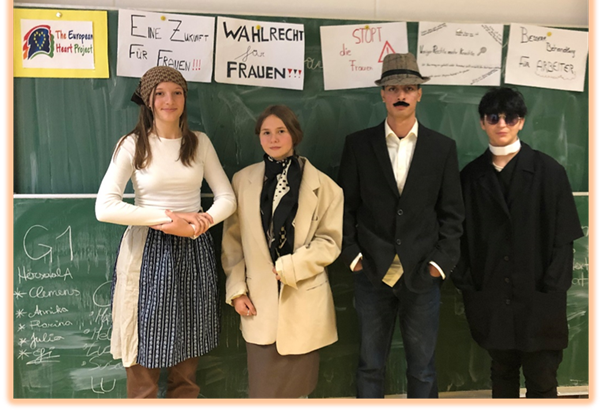3 How to use the different tools
3.2 Historical Episodes and Short Movies
 3.2.2 Preparation of the lessons
3.2.2 Preparation of the lessons
The preparation is of course strongly related to what you want to work on with the pupils (in terms of learning objectives), what time frame you have available and what the outcome should be (e.g.: role play, theatre or short movie).
Historical Episodes
If the pupils have a smartphone, tablet or laptop at their disposal, they can open and read the selected episode directly. They can also print out the PDF version from the website.
Plan one hour for the introduction to the historical context and the explanation of the situation; the easiest way would be, of course, to go through one of the topics in history. Of course, you can also use additional materials such as books, documentaries or feature films, go on an excursion to a museum or one of the locations, or use a timeline to illustrate the historical context. Basically, however, the description in the booklet should be sufficient to be able to put oneself in the situation.
For the further steps (putting yourself in the shoes of the individual persons, reflecting on the basic needs and thinking about the strategies) you need at least another hour. If you want to do group work, role plays or similar, at least a double hour.
For the conclusion (making the connection to the present, to democratic values and collecting the conclusions) you need another hour.
Short Movies
The short movies are also available on the website and can be played to the whole class if you have a suitable presentation wall in the classroom. They can also be viewed individually on a smartphone or tablet. They last between 4 and 7 minutes. For each short movie there is a short text explaining what the movie will be about.
In the next chapter you will find a description of how the short movies were created in the European Heart Project.

Figure 2 Rembart, R. (2021). Activities during the project week at PMS. [Photograph]. Graz. Pädagogische Hochschule Steiermark